detail profile donald richie
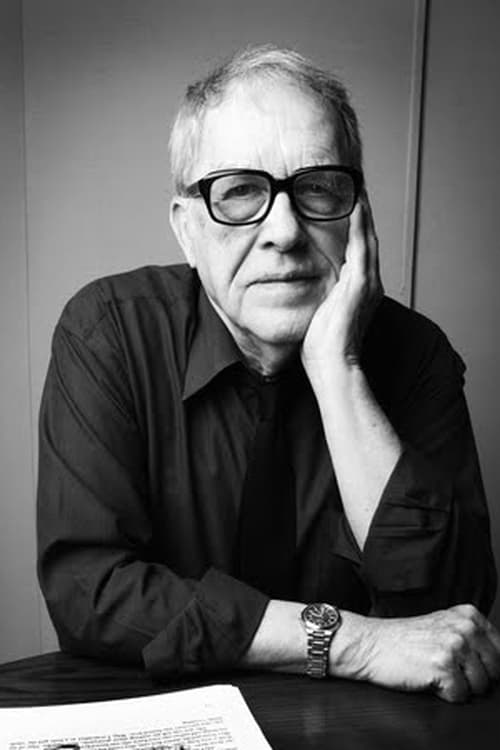
Donald Richie
Eigo no narêtâ
atau dikenal sebagai
Riwayat Hidup
Donald Richie was an American-born author who wrote about the Japanese people, the culture of Japan, and especially Japanese cinema.
Although he considered himself primarily a film historian, Richie also directed a number of experimental films.
(Wikipedia)
Info Pribadi
Peran Yang Di Mainkan Donald Richie
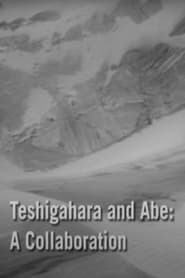 A 2007 documentary examining the collaboration between...
A 2007 documentary examining the collaboration between...Teshigahara and Abe 2007
A 2007 documentary examining the collaboration between Teshigahara and novelist Kobo Abe, featuring interviews with film scholars Donald Richie and Tadao Sato, film programmer Richard Peña, set designer Arata Isozaki, producer Noriko Nomura, and screenwriter John Nathan
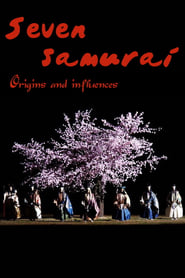 Seven Samurai Origins and Influences a...
Seven Samurai Origins and Influences a...Seven Samurai: Origins and Influences 2006
Seven Samurai: Origins and Influences, a documentary looking at the samurai traditions and films that helped shape Kurosawa's masterpiece
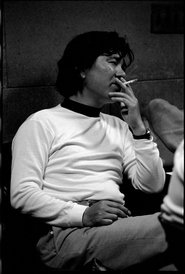 A documentary on sixties counterculture in...
A documentary on sixties counterculture in...Under the Skin 2002
A documentary on sixties counterculture in Japan featuring Donald Richie, Tadanori Yokoo, Masao Adachi, Koji Wakamatsu, Toshio Matsumoto and Akaji Maro among others.
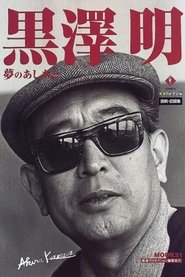 A profile and history of film...
A profile and history of film...Kurosawa: The Last Emperor 1999
A profile and history of film director Akira Kurosawa.
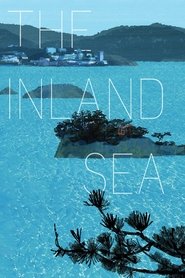 In 1971 author and film scholar Donald...
In 1971 author and film scholar Donald...The Inland Sea 1991
In 1971, author and film scholar Donald Richie published a poetic travelogue about his explorations of the islands of Japan’s Inland Sea, recording his search for traces of a traditional way of life as well as his own journey of self-discovery. Twenty years later, filmmaker Lucille Carra undertook a parallel trip inspired by Richie’s by-then-classic book, capturing images of hushed beauty and meeting people who still carried on the fading customs that Richie had observed. Interspersed with surprising detours—a visit to a Frank Sinatra-loving monk, a leper colony, an ersatz temple of plywood and plaster—and woven together by Richie’s narration as well as a score by celebrated composer Toru Takemitsu, The Inland Sea is an eye-opening voyage and a profound meditation on what it means to be a foreigner.
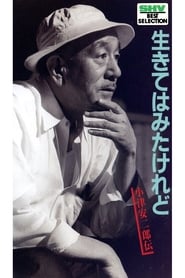 An extremely lovely tribute to Ozu...
An extremely lovely tribute to Ozu...I Lived, But... 1983
An extremely lovely tribute to Ozu, on the 20th anniversary of his death. It uses a combination of footage from vintage films and new material (both interviews and Ozu-related locations) shot by Ozu's long-time camera-man (who came out of retirement to work on this). Surprisingly (or perhaps not), it focuses less on Ozu's accomplishments as a film-maker than on his impact on the lives of the people he worked with..
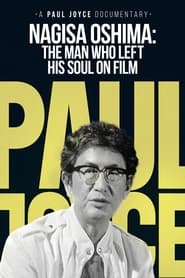 Documentary about Nagisa Oshima It includes...
Documentary about Nagisa Oshima It includes...The Man Who Left His Soul on Film 1983
Documentary about Nagisa Oshima. It includes interviews with Oshima, Donald Richie, Roger Pulvers and Paul Mayersberg
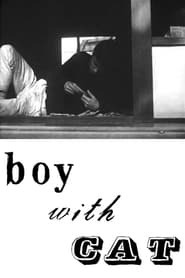 A cats inquisitive look interferes with...
A cats inquisitive look interferes with...Boy with Cat 1966
A cat's inquisitive look interferes with the pleasurable sensations of a boy while masturbating.
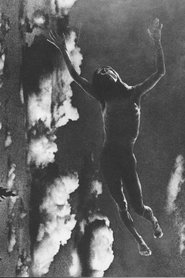 Filmed only a few months after...
Filmed only a few months after...Sacrifice 1959
Filmed only a few months after Tatsumi Hijikata’s first explosive public butoh performance, “Gisei” features Hijikata and members of his Asbestos Hall Troupe in a brutal allegory of a closed society. Shot by noted Japanese film scholar Donald Richie, “Gisei” still conveys the shock that Japanese audiences in 1959 must have felt at the birth of Hijikata's ankoku butoh, or "dance of darkness". Richie met Hijikata through mutual friend Yukio Mishima. They decided to collaborate on a film about segregation. Richie memorialized the film in his diary: “It is more than ever about the death of an individual, a distinct kind of human sacrifice.”
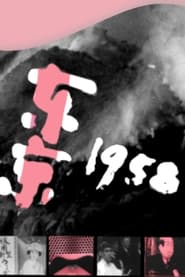 Eight filmmakers collaborate with Teshigahara to...
Eight filmmakers collaborate with Teshigahara to...Tokyo 1958 1958
Eight filmmakers collaborate with Teshigahara to create a "frantic, non-stop pop newsreel". Mixing cutout animation with color and black & white photography, this snapshot documents Tokyo in 1957-58, when it had eight and ½ million people and was the largest city in the world. Pollution, bridal fashion, rites, rituals, partying-- Nearly every angle of Tokyo life is compacted into a mere 24 minutes.
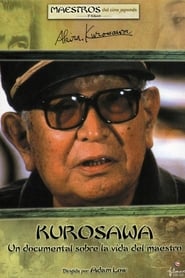 Documentary on film maker Akira Kurosawa
Documentary on film maker Akira Kurosawa Late in the 1500s an aging...
Late in the 1500s an aging...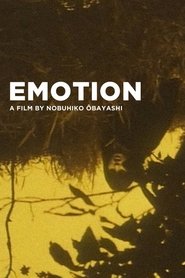 Experimental short film depicting the life...
Experimental short film depicting the life...